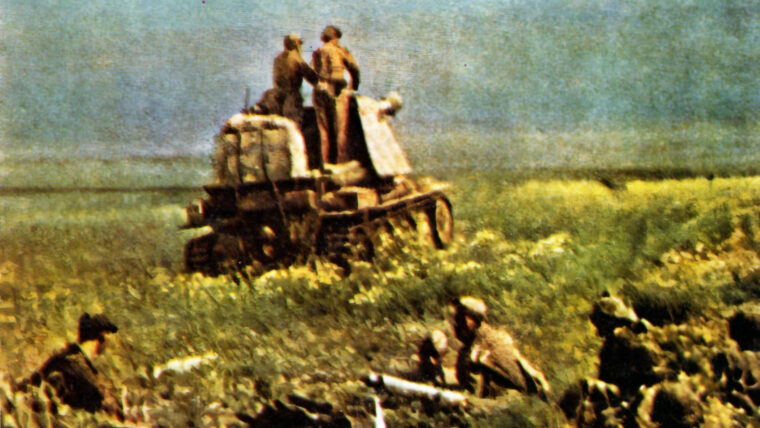
Mediterranean
Mers el Kebir: Why the Royal Navy Sunk the French Fleet in WWII
by Michael D. HullWhen the armistice between France and Germany was put into force on June 25, 1940, the fate of the powerful French Navy—the fourth largest in the world—was of critical importance to the British. Read more






















